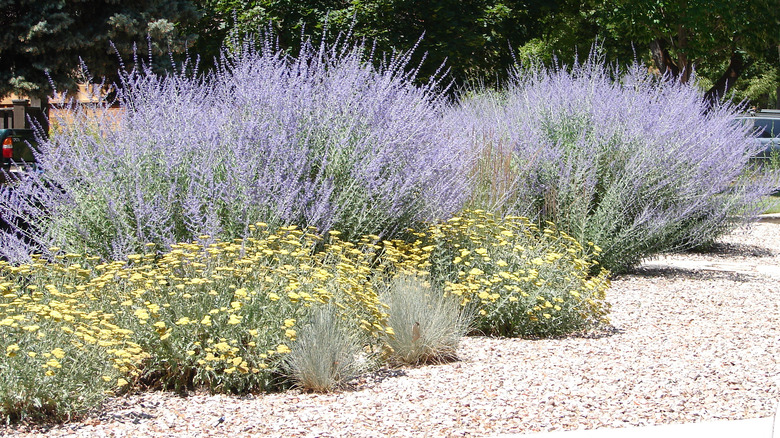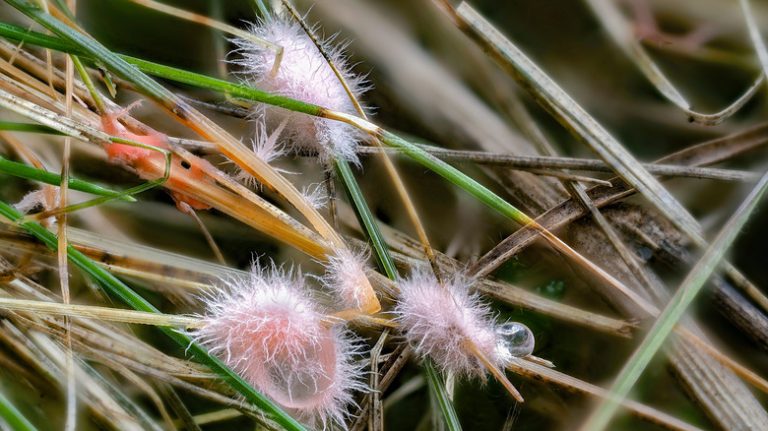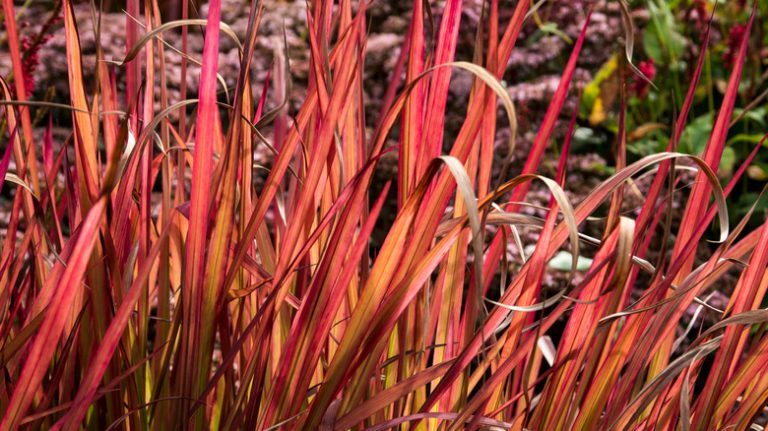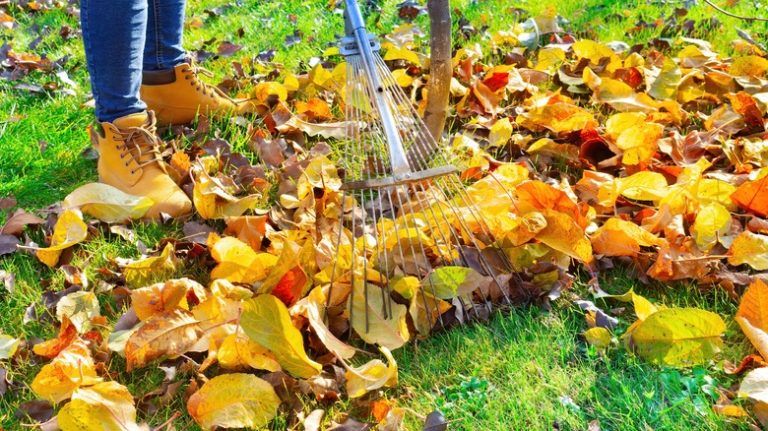Xeriscaping is a landscaping technique that focuses on conserving water by using plants that are well-adapted to arid climates. It involves selecting drought-tolerant plants, implementing efficient irrigation systems, and using mulch to reduce water evaporation. Xeriscaping is an effective alternative for arid climates because it significantly reduces water usage, minimizes the need for maintenance, and promotes sustainability. By choosing plants that are native to the region, xeriscaping also helps preserve the local ecosystem and biodiversity.
Contrary to a common misconception, xeriscaping is not limited to cultivating a yard of succulents. While succulents are indeed a popular choice for xeriscaping due to their ability to store water, there are many other alternatives available. Some common choices include shrubs like caragana and sumac, as well as grasses like blue lyme and golden tufted hair. Perennials such as irises and phlox are also excellent choices for xeriscaping, as they are drought-tolerant and add color and variety to the landscape.
Shrubs and trees for xeriscaping

When it comes to xeriscaping, there are several shrubs and trees that can be excellent alternatives to succulents. Lavender is a popular choice for xeriscaping due to its bright purple flowers and aromatic fragrance. This shrub is well-adapted to dry conditions and requires little water once established. Lavender is also known for attracting pollinators like bees and butterflies, making it a great addition to any garden. Finally, its foliage is evergreen, providing year-round color to your landscape.
Sage is another excellent shrub for xeriscaping. It comes in various species and cultivars, each with its unique characteristics and flower colors. Sage is known for its drought tolerance and ability to thrive in poor soil conditions. It requires minimal water once established and can withstand hot and dry climates. Sage also has aromatic leaves that can be used in the kitchen, making it a functional and attractive addition to your yard.
Lastly, rosemary is a versatile shrub that is well-suited for xeriscaping. It has fragrant needle-like leaves and produces small blue flowers in the spring. Rosemary is a highly drought-tolerant plant and can withstand hot and dry conditions. It requires minimal water once established and is known for its ability to thrive in poor soil. Rosemary is also an edible herb, making it a great choice for those who enjoy cooking with fresh ingredients.
Grasses and perennials for xeriscaping

Beyond shrubs and succulents, there are several grasses and perennials that are excellent additions to a xeriscaped yard. Buffalo grass is a warm-season grass that is a fantastic choice for xeriscaping because it is highly drought-tolerant and requires very little watering. It has a deep root system that allows it to access water from deeper soil layers, making it resilient during dry periods. Additionally, this grass is low-maintenance and does not require frequent mowing or fertilization. Its dense growth habit also helps to suppress weeds.
Yarrow is a perennial plant that is well-suited for xeriscaping. Composed of feathery foliage and clusters of small, colorful flowers, it attracts pollinators like bees and butterflies. It is highly drought-tolerant and can survive in poor soil conditions. It requires minimal watering and is resistant to pests and diseases. Yarrow is also a versatile plant that can be used as a ground cover, in borders, or in rock gardens. Its vibrant flowers and fern-like foliage add color and texture to the landscape, making it a great option for any garden.
Finally, black-eyed Susans are popular perennials that are excellent for xeriscaping. They are known for their bright yellow or orange flowers with dark centers, adding a pop of color to the landscape. Black-eyed Susans are quite drought-tolerant and can survive in a wide range of soil conditions. They require minimal watering, attract pollinators, and resist pests and diseases.



